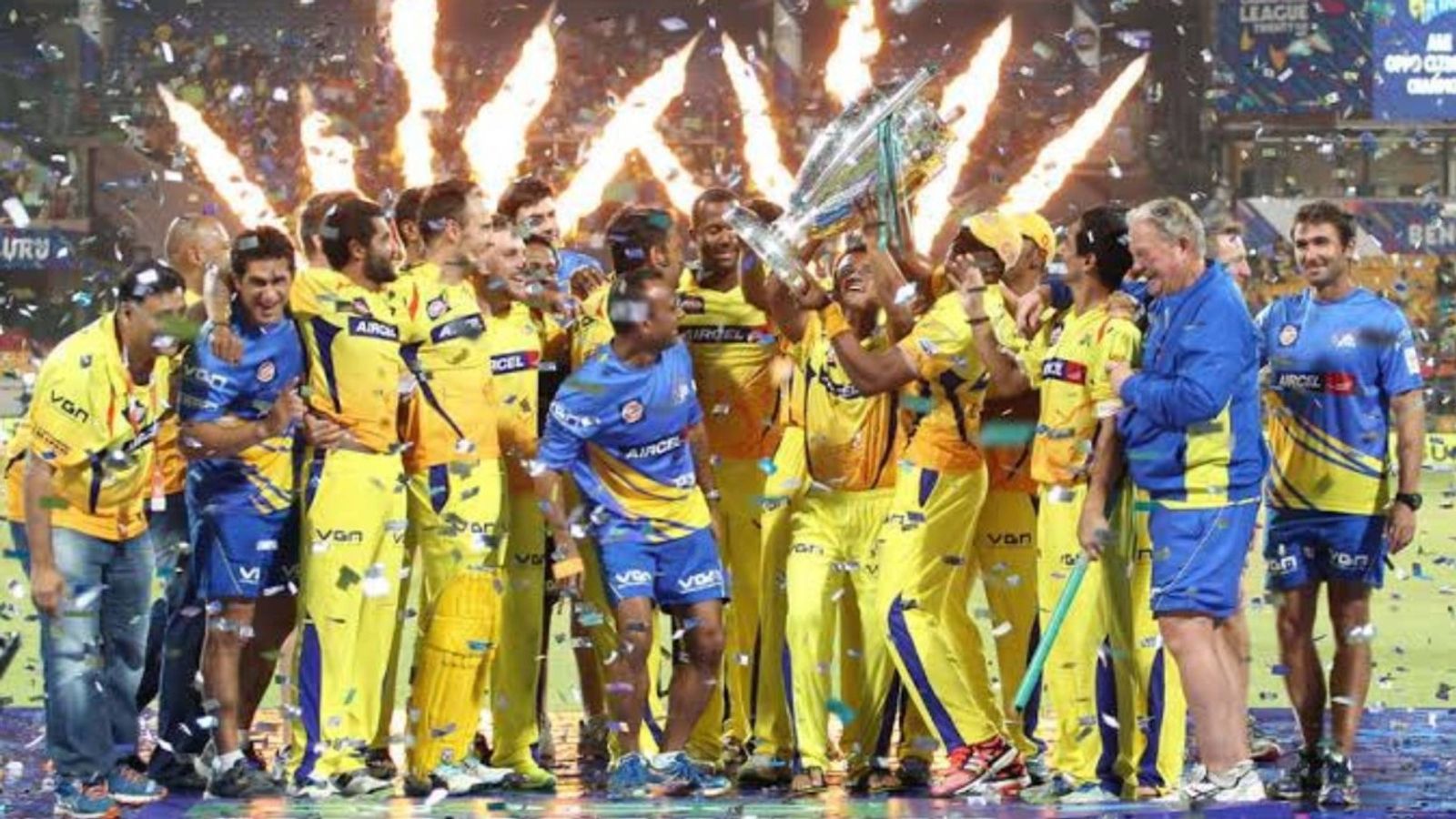The Champions League T20 (CLT20) can make a dramatic return next year in 2026 as multiple cricket boards have voiced their support over the tournament's revival in the ongoing ICC metting in Singapore, according to a report by The Sydney Morning Herald. The tournament which previously ran from 2009 to 2014 and comprised of franchises from all around the world, who battled it out to determine the top franchise of the game.
Though CLT20 had quite an exciting format and also garnered viewers from across the world, it was eventually scrapped due to financial unviability. However, the rise of T20 leagues around the world has led to the tournament being in contention of making a potential return in the near future.
A total of six editions of the CLT20 have so far been contested with the Indian franchises dominating the tournament and coming out victorious on four of those occasions. The other two times, it was franchises from Australia who came out on top.
While New South Wales won the first edition of the tournament in 2009, Chennai Super Kings came out on top on the second occasion. The third edition was won by the Mumbai Indians before the Sydney Sixers emerged victorious in the fourth edition which was contested in 2012. Mumbai Indians became the first team to win the tournament for a second time in the fifth edition, but were soon joined by Chennai Super Kings, who won their second CLT20 trophy in the last edition of the competition held in 2014.
The report provided a worrying update for Test cricket
However, on the other hand, the report also provided a worrying update towards Test cricket. According to the report, the International Cricket Council (ICC) can take a massive decision regarding the future of the format and can limit the number of Test-playing nations.
This could lead to the global body giving their full priority to the shorter formats as they are the ones that are reaching a wider audience in comparison to Test cricket. Not only this, the longest format can witness significant changes and the amount of red-ball matches can be decreased by a big margin in comparison to white-ball games.


